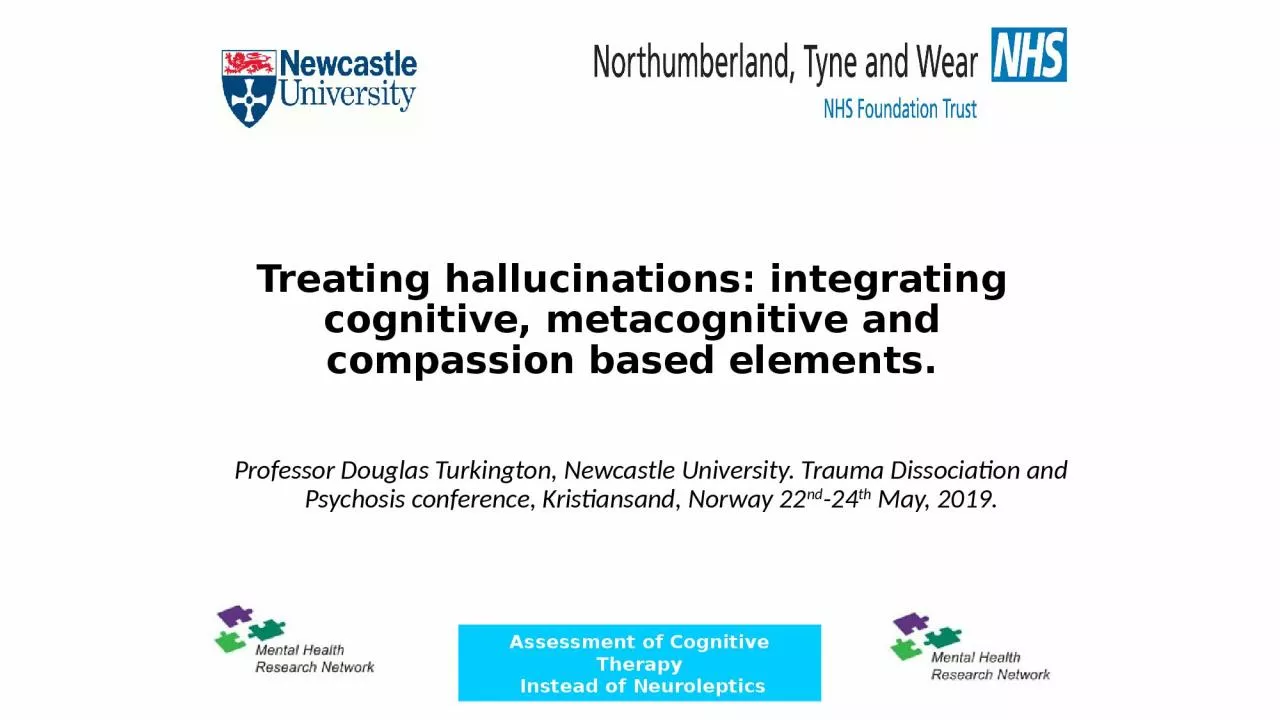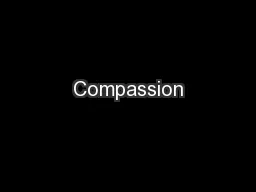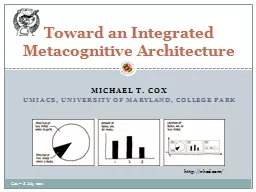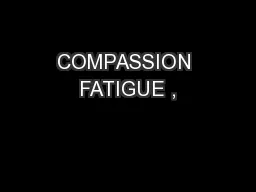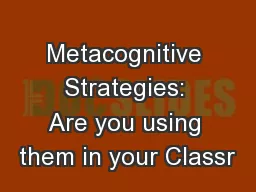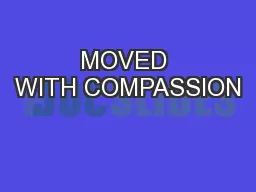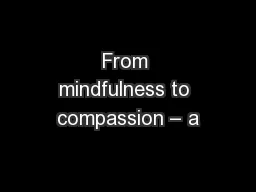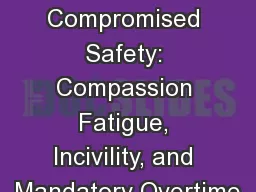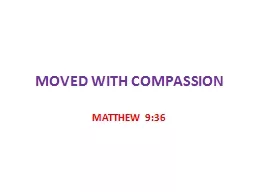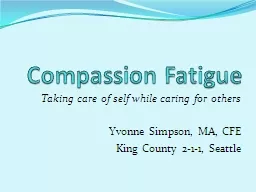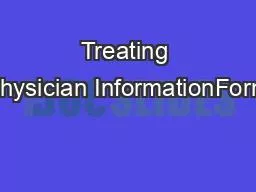PPT-Treating hallucinations: integrating cognitive, metacognitive and compassion based elements.
Author : daisy | Published Date : 2022-06-28
Professor Douglas Turkington Newcastle University Trauma Dissociation and Psychosis conference Kristiansand Norway 22 nd 24 th May 2019 Assessment of Cognitive Therapy
Presentation Embed Code
Download Presentation
Download Presentation The PPT/PDF document "Treating hallucinations: integrating cog..." is the property of its rightful owner. Permission is granted to download and print the materials on this website for personal, non-commercial use only, and to display it on your personal computer provided you do not modify the materials and that you retain all copyright notices contained in the materials. By downloading content from our website, you accept the terms of this agreement.
Treating hallucinations: integrating cognitive, metacognitive and compassion based elements.: Transcript
Download Rules Of Document
"Treating hallucinations: integrating cognitive, metacognitive and compassion based elements."The content belongs to its owner. You may download and print it for personal use, without modification, and keep all copyright notices. By downloading, you agree to these terms.
Related Documents

